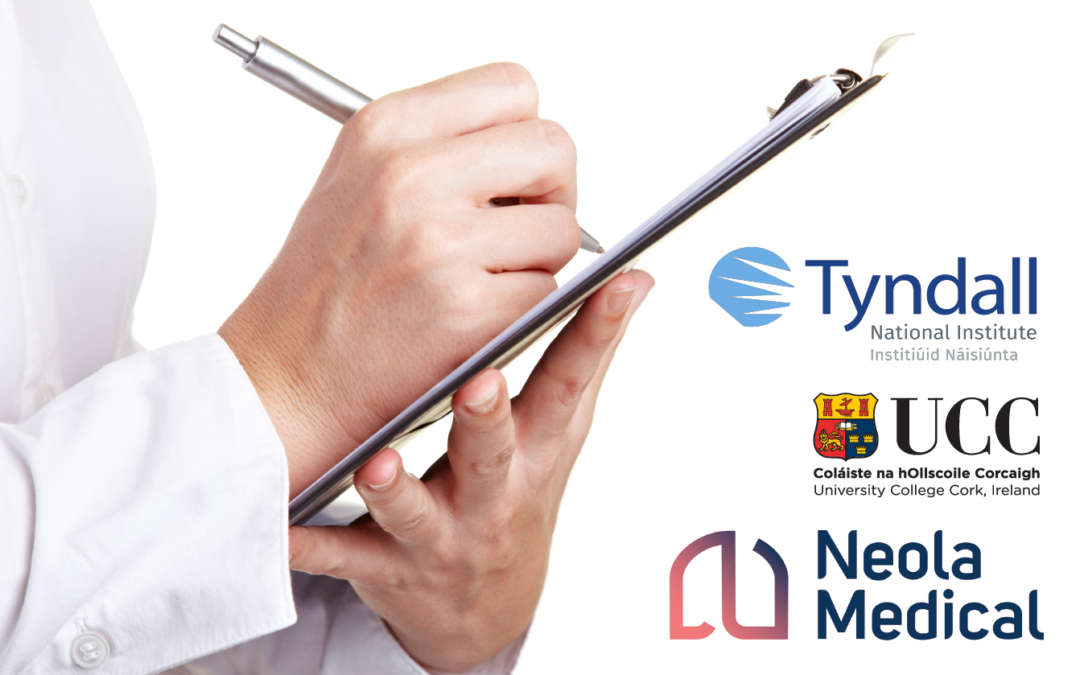Results from a study conducted by world-leading researchers in optical spectroscopy from the Tyndall National Institute, Cork, Ireland, in collaboration with Neola Medical, have been published in the Journal of Biomedical Optics. The purpose of the study was to evaluate the significance of probe placement for reliable GASMAS measurements of gas absorption from the lungs of preterm born infants. The technology evaluated is the one used in Neola®, Neola Medical’s medical technology for continuous monitoring of the lungs of preterm born infants. The study was performed on optical tissue phantoms based on real anatomical data. The results indicate that various placements of the light source and detector probes can be used to measure gas absorption in the lungs. These findings were confirmed in the clinical study involving 100 newborn infants at the Infant Center in Cork, Ireland.
Optically and anatomically accurate tissue phantoms are often used in the development of optical diagnostic, monitoring, and treatment methods. Researchers at the Tyndall National Institute are world leaders in creating anatomically accurate phantoms based on real data from radiographic imaging. The phantoms are constructed with materials corresponding to optical properties of various tissue types such as muscles, fat, bone, etc., that correspond to the scattering and absorption that occurs when light passes through tissue. In the study, tissue phantoms of the upper body of newborn infants were designed and then used together with Neola Medical’s measurement instruments in a study conducted in Lund.
The purpose of the study was to investigate the significance of different positions of the light and detector probes in GASMAS measurements of the air in the cavities in the phantoms corresponding to the lungs. The results show that many different positions of the probes provide good measurement data, and a large portion of lung volume can be monitored. These findings were confirmed in measurements of 100 newborn infants in the research study conducted in 2022 at the INFANT center in Cork, Ireland, which demonstrated the potential of GASMAS technology to detect oxygen and its clinical utility.
Read the article in total here: Article in Journal of Biomedical Optics
